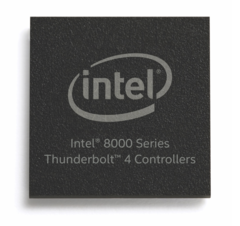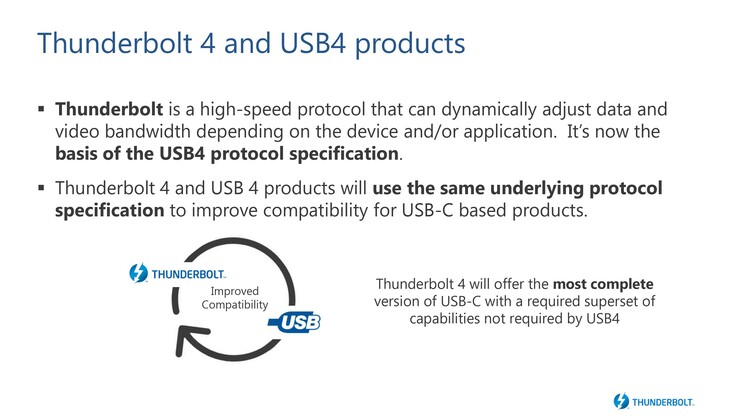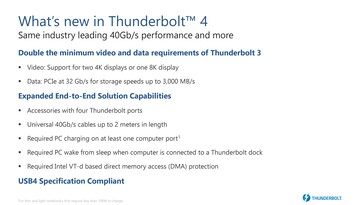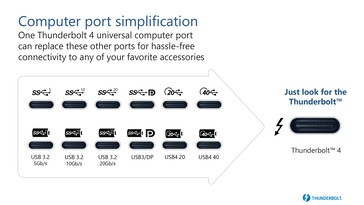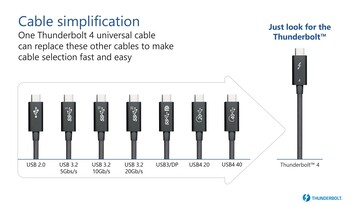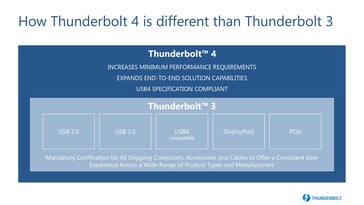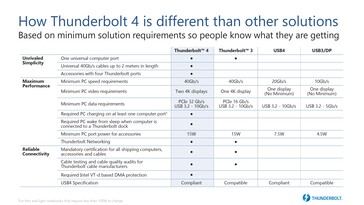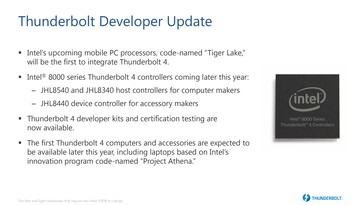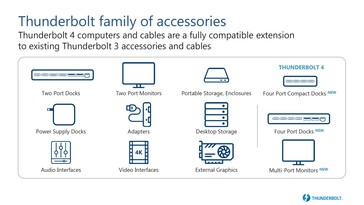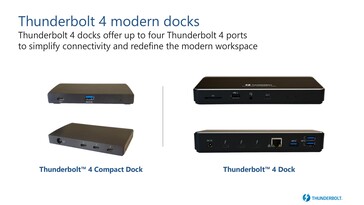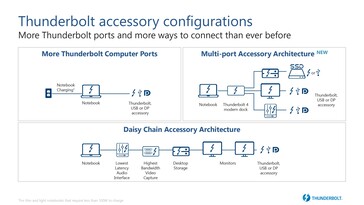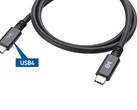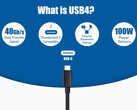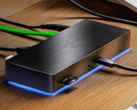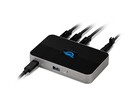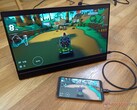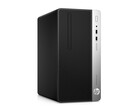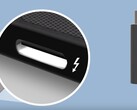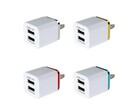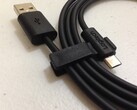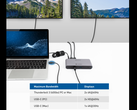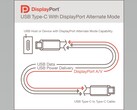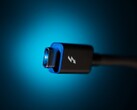Back during Computex 2019, Intel talked about integrating the capabilities of Thunderbolt 3 into the USB4 specification. Later that year, the USB4 spec was finalized with an aim to lessen the confusion between various USB types and allowing use of a standard USB Type-C connector. Today, Intel is officially taking wraps off the Thunderbolt 4 (TB 4) standard. Thunderbolt 4 will now be the basis for the USB4 protocol while also offering a few additional features on top of the standard USB4 spec.
Thunderbolt 4 features
Thunderbolt 4 brings no changes to the total throughput — we still get the same 40 Gb/s bandwidth that Thunderbolt 3 offered. However, the requirements for a device to be certified for Thunderbolt 4 have now changed. For instance, a TB 4 device will now support two 4K displays or one 8K display with a PCIe data throughput at 32 Gb/s. Other requirements include that at least one of the TB 4 ports on the PC should allow for charging and the ports should allow the PC to wake up from standby. TB 4 also uses Intel VT-d for Direct Memory Access (DMA) protection.
Unlike USB4, which offers a choice between 20 Gb/s and 40 Gb/s throughput, TB 4 is always 40 Gb/s and uses a common Type-C connector that allows for all capabilities offered by the protocol including DisplayPort-out and power delivery.
How Thunderbolt 4 is different from Thunderbolt 3
As discussed earlier, TB 4 builds upon TB 3 and offers parity with the USB4 spec. The table below illustrates the differences between the various USB specs available. The additional features offered by TB 4 include the support for 40 Gb/s cables from 0.2 m to 2 m in length. Intel said that it is looking to expand cable length to 5 to 50 m in the future. TB 4 now mandates that the PC or laptop support dual 4K display outputs, PCIe bandwidth of 32 Gb/s (2x that of the requirement of TB 3), and support for VT-d among others.
Intel said that TB 4 can be implemented irrespective of the processor type without any licensing fees, which means upcoming ARM-based Macs as well as future AMD processors are also likely to offer TB 4 support.
Intel is also introducing a new controller for TB 4. The Intel 8000 series TB 4 controllers include the JHL8540 and JHL8340 host controllers for PC OEMs, and the JHL8440 controller for accessory makers. The new 8000 series TB 4 controllers will make their debut in PCs and accessories later this year starting from the upcoming Tiger Lake laptops including the ones made according to the Project Athena guidelines.
Thunderbolt 4 accessories
Intel said that a wide range of accessories for TB 4 would be made available starting later this year. All TB 4 docks can offer up to four TB 4 ports. TB 4 now supports a multi-port accessory architecture wherein a single dock will now be able to connect to dual 4K displays, allow for external PCIe SSDs with storage speeds up to 3,000 MB/s and still offer enough bandwidth for connecting additional peripherals. Devices using TB 3 and multiple USB standards can be daisy-chained together in whatever manner the user pleases and all these devices will interface with the PC via a single TB 4 port.
Thunderbolt 4 security
TB 4 makes it mandatory that PC and Macs support Intel Virtualization Technology for Directed I/O or simply, VT-d. VT-d is built into most modern Intel processors and is essentially a method to prevent peripherals from unauthorized memory access. This is important as USB Type-C allows for connecting PCIe devices externally just as they were installed internally, and these devices are capable of DMA without having to involve the CPU. What Intel VT-d does is that it remaps DMA (DMA-r) and isolates a designated memory region for each connected peripheral. This prevents the peripheral from reading or writing to other parts of memory that aren't its own.
Support for VT-d and DMA remapping is present in Windows 10 1803 and above (Kernel DMA Protection), MacOS 10.8.2 and above, and Linux kernel version 4.21 and above.
Source(s)
Intel Press Brief




